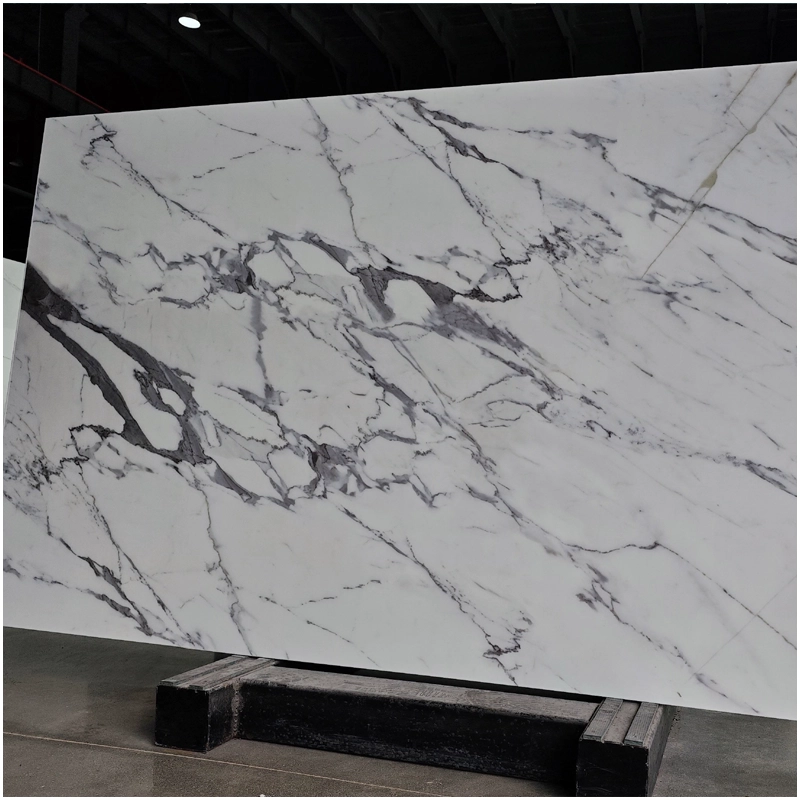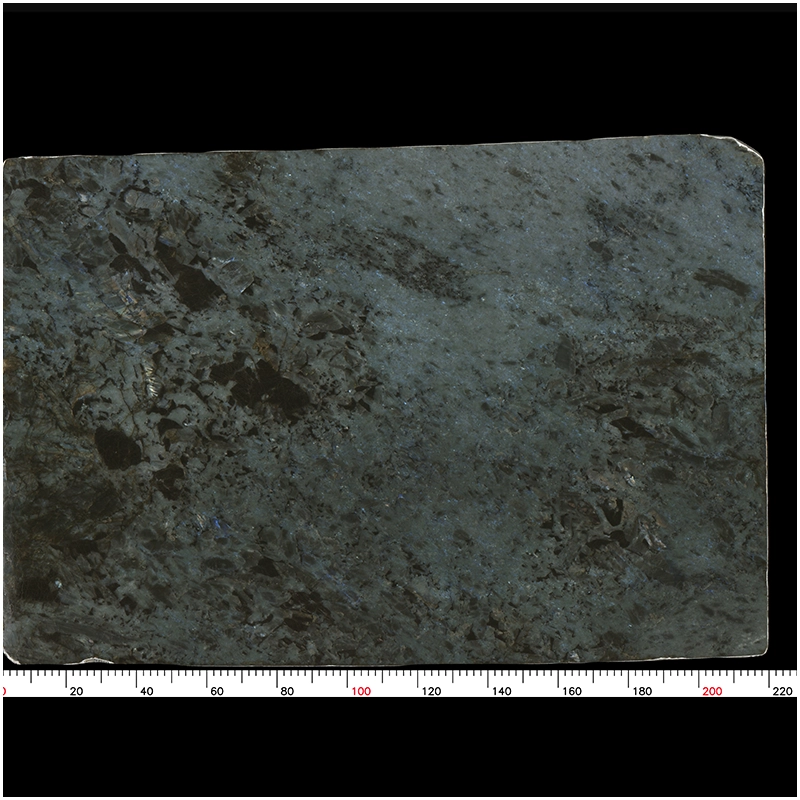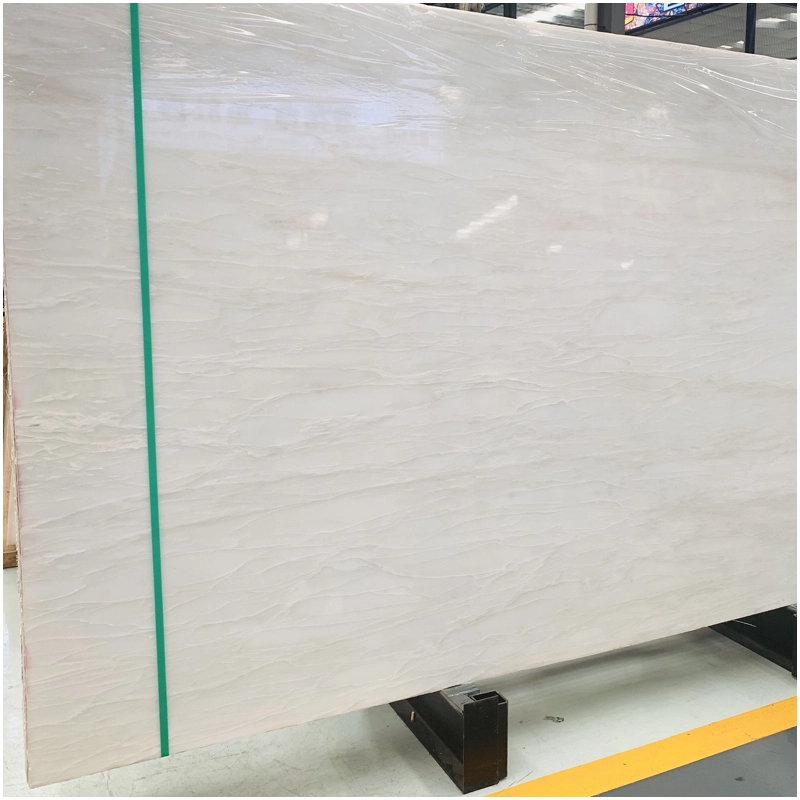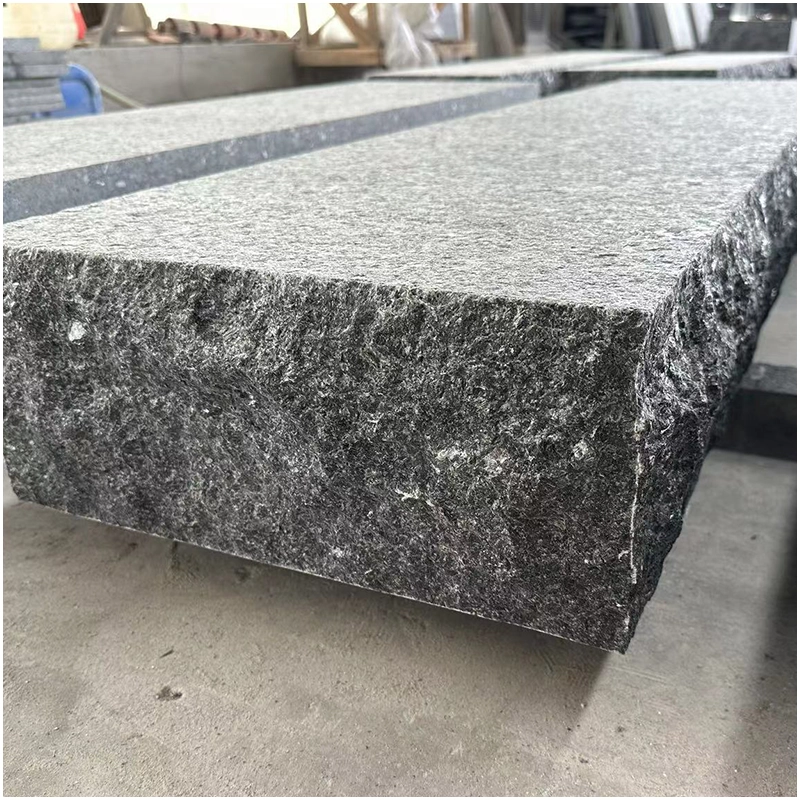Granite countertops are a beautiful and durable addition to any kitchen. Known for their elegance and unique natural patterns, granite surfaces bring both style and functionality to your home. However, despite its strength and beauty, granite is a porous material, which means it can absorb liquids and leave stains over time. While sealing your granite countertops can prevent most stains from penetrating the stone, regular maintenance and care are essential to keep them looking pristine.
If you’re dealing with stains on your granite countertops, don’t worry! Removing stains is easier than you might think. In this article, we’ll cover some effective methods for removing common stains from granite countertops, including grease, food, water, and wine stains, and also provide some tips for keeping your countertops in excellent condition.
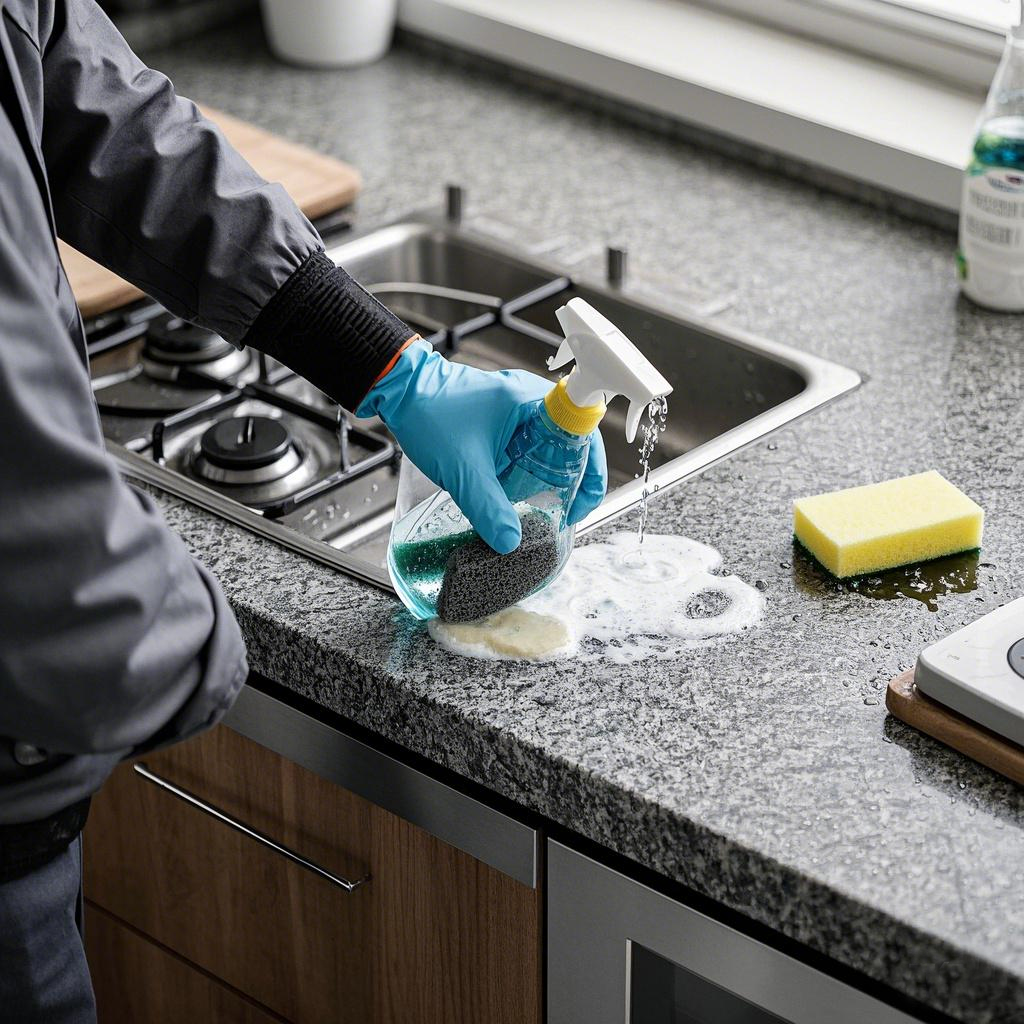
1. How to Remove Grease Stains
Grease stains are common on kitchen countertops, especially near cooking areas. These stains are caused by oils and fats that can seep into the surface of the granite. Here’s how to effectively remove grease stains:
- Blot the stain: Instead of rubbing, blot the grease stain with a clean, dry cloth. Rubbing will spread the grease and make the stain worse.
- Make a soap solution: Mix a few drops of natural dish soap with warm water.
- Clean with a microfiber cloth: Dip a microfiber cloth into the soapy water and gently wipe the stained area. Be sure to use light pressure to avoid scratching the granite surface.
- Rinse and dry: Rinse the area with clean water to remove any soap residue and dry with a clean, dry microfiber cloth.
If the stain persists:
- Cornstarch paste: Mix cornstarch with water to form a thick paste. Apply the paste to the grease stain and cover it with plastic wrap. Leave it overnight so the cornstarch can absorb the oil.
- Wipe away the paste: The next day, use a microfiber cloth to wipe off the paste and wash the area with soap and water.
2. How to Remove Food Stains
Food stains are another common issue on granite countertops, especially from substances like tomatoes, sauces, and juices. The key to preventing permanent stains is to clean up any spills as soon as they occur. Here’s what to do if you notice a food stain:
- Soap solution: Mix a few drops of dish soap with warm water.
- Clean with a microfiber cloth: Wet the microfiber cloth with the soapy solution and gently clean the stained area, being careful not to damage the surface.
- Rinse and dry: After cleaning, rinse the area with clean water and wipe it dry with a clean, dry cloth.
If the stain is still visible:
- Baking soda paste: Create a paste with baking soda and water, apply it to the stained area, and let it sit for several hours or overnight. Wipe it away and rinse with soap and water.
3. How to Remove Water Stains
Water stains are typically caused by water droplets that are left on the granite surface for an extended period of time. While these stains may seem concerning, they are often easy to clean. Here’s how to deal with water stains:
- Soap solution: Mix dish soap with warm water, and dip a microfiber cloth into the solution.
- Clean the stain: Gently wipe the affected area with the cloth.
- Rinse and dry: After cleaning, rinse with clean water and dry the area with a microfiber cloth.
If the water stain is due to hard water (mineral deposits), you may need to use a stronger cleaning solution.
- Vinegar and water: Although vinegar is not recommended for regular cleaning of granite due to its acidic nature, a mild vinegar-water mixture can be used to clean mineral deposits from hard water stains. However, this should only be used sparingly, as frequent use of vinegar can damage the granite.
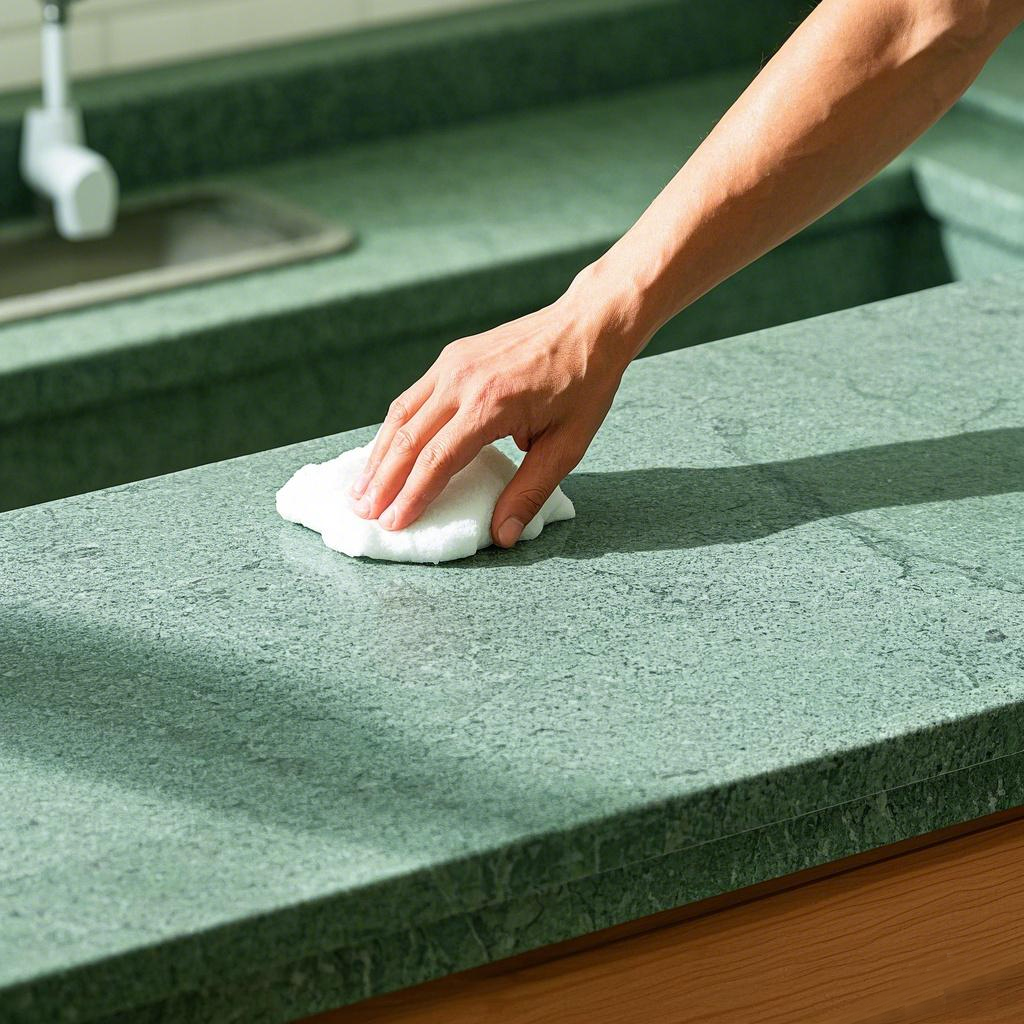
4. How to Remove Wine Stains
Wine stains, particularly from red wine, can leave a mark on granite countertops if not cleaned quickly. The sooner you deal with the spill, the easier it will be to remove. Here’s how to clean wine stains:
- Blot the spill: Use a dry microfiber cloth to blot up any excess wine immediately. Do not rub the stain, as this will spread it.
- Soap solution: Mix a few drops of natural dish soap with warm water, dip a microfiber cloth into the solution, and gently clean the stained area.
- Rinse and dry: After cleaning, rinse with clean water and wipe it dry with a clean, dry microfiber cloth.
For stubborn wine stains, you can try the following method:
- Baking soda and hydrogen peroxide paste: Mix 2 tablespoons of baking soda with 1 teaspoon of hydrogen peroxide to create a paste. Apply this paste to the wine stain and cover it with plastic wrap. Let it sit for 24 hours before removing the paste and cleaning the area with soap and water.
5. Removing Stubborn Stains
If you’ve followed all the previous steps but still have stubborn stains on your granite countertop, you may need to try a more intensive method:
- Baking soda paste: Mix baking soda with water to form a thick paste. Apply this paste to the stain, making sure to cover it completely.
- Let it sit: Allow the paste to sit for at least 12 to 24 hours.
- Clean the area: After the paste has dried, gently wipe it off with a microfiber cloth and rinse the area with water.
If the stain is still visible after the first attempt, repeat the process. In most cases, multiple treatments will help to completely remove the stain.
6. How to Prevent Stains on Granite Countertops
Preventing stains is much easier than removing them. Here are some tips for keeping your granite countertops in top condition:
- Regular sealing: Granite is a porous material, so sealing it regularly is essential to prevent stains from penetrating the surface. Depending on the type of granite and the sealant used, countertops should be resealed every 6 months to 2 years.
- Clean up spills immediately: Always clean up any spills as soon as they happen, especially liquids like coffee, wine, and oils, which are more likely to cause stains.
- Use coasters and placemats: Prevent spills and heat damage by using coasters under glasses and placemats under hot pans.
- Wipe down surfaces regularly: Even if there are no visible spills, it’s important to regularly wipe down your countertops with a gentle cleaner to remove dust, dirt, and oils from food.
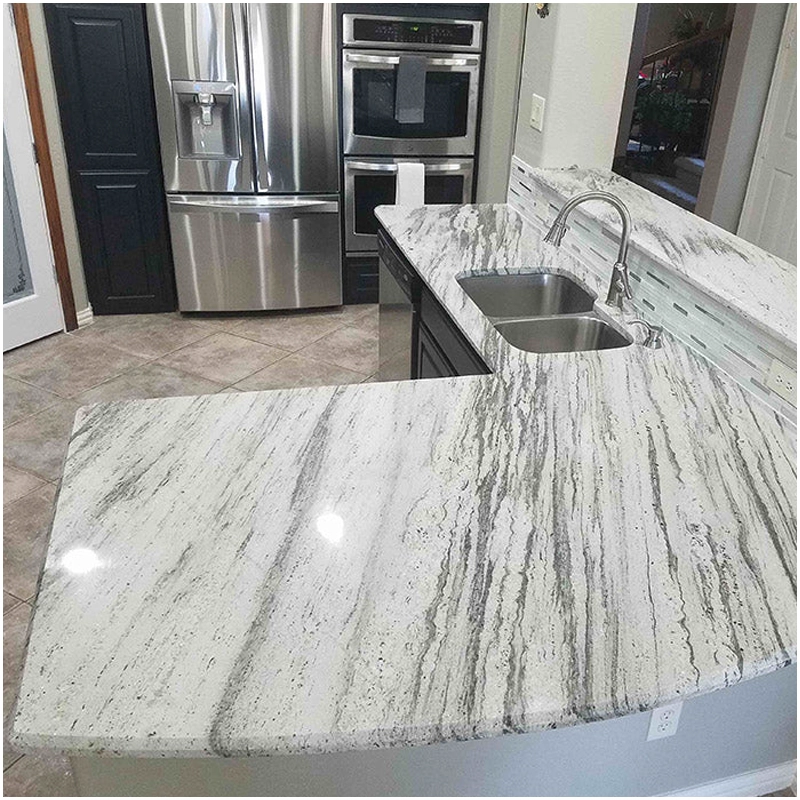
Conclusion
Granite countertops are a beautiful and durable addition to any kitchen, but they do require some care to keep them looking their best. Regular cleaning and sealing, along with prompt attention to spills and stains, will help preserve the elegance of your granite surfaces for years to come.
If you follow the steps outlined in this guide, you can easily remove common stains like grease, food, water, and wine stains, and your granite countertops will continue to shine with beauty and functionality. Remember, a little care goes a long way in maintaining the luxury of your granite surfaces!
If you are searching for granite countertops, we can help you find them at Forustone. We are happy to answer any questions you may have, even after installation. We are proud to be your go-to resource for granite countertops.
Are you looking to install granite countertops in your home? If so, contact us today!

